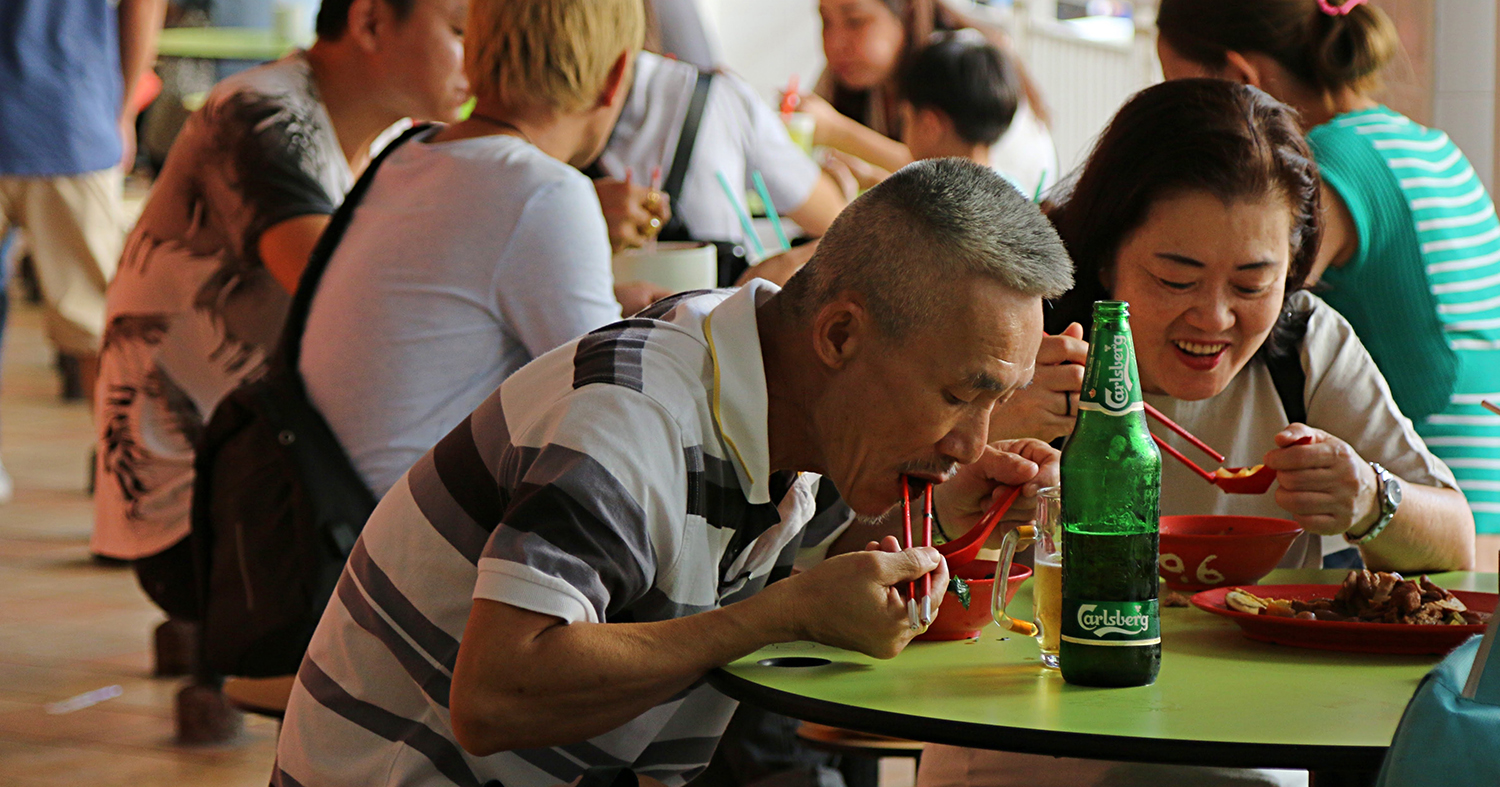Much has been said and debated about Singapore's intangible cultural heritage ever since Singapore ratified the Unesco 2003 Convention for the Safeguarding of the Intangible Cultural Heritage on Feb. 22, 2018.
Following the ratification of the convention, Singapore's National Heritage Board (NHB) has been co-creating an intangible cultural heritage inventory with Singaporeans, crowdsourcing various aspects of intangible cultural heritage that Singaporeans deem important for safekeeping.
Hawker culture tops list
According to NHB, food heritage, particularly hawker culture, consistently came out.
It is a piece of heritage that Singaporeans deem representative of the Singaporean identity throughout a series of public engagement efforts.
This subsequently led to the selection of Hawker Culture as Singapore's nomination for the Unesco Representative List of the Intangible Cultural Heritage of Humanity, announced by Prime Minister Lee Hsien Loong at the National Day Rally on Aug. 19, 2018.
Hawker culture to be safeguarded
Recognition of Hawker Culture as Singapore's entry in the Unesco Representative List of the Intangible Cultural Heritage of Humanity does not mean that Singapore owns hawker culture, nor does it mean that it only exists in Singapore.
Rather, a successful listing will highlight the importance of Hawker Culture to Singapore heritage and identity and helps to safeguard it for future generations.
What exactly about Hawker Culture resonates with Singaporeans?
Hawker centres were originally built to house itinerant hawkers from the streets, in an effort to improve public sanitation.
Over time, they became social nodes for Singaporeans, serving as "community dining rooms".
According to NHB, Singaporeans highlighted these three characteristics about hawker culture which they found important:
- Hawker centres bring together multi-cultural food heritage that is continually evolving to cater to changing palates of Singaporeans.
- Hawker centres are accessible both spatially, as well as across social backgrounds.
- Hawker knowledge and culinary techniques are important pieces of Singapore heritage that must be transmitted to future generations.
How can Singaporeans get involved?
One of the assessment criteria to get on the Unesco Representative List of the Intangible Cultural Heritage of Humanity is to have evidence of community participation and support.
Singaporeans can pledge their support for hawker culture online via www.oursgheritage.sg:

Additionally, other public outreach initiatives, such as a travelling exhibition, will be carried out from October 2018 to garner support from Singaporeans.
A nomination committee comprising members from the public and private sector will be formed to guide the nomination effort. Details about the committee will be provided at a later date.
A timeline towards nomination
- August 2018: Singapore selects Hawker Culture to be nominated for the Unesco Representative List of the Intangible Cultural Heritage of Humanity. Public campaign starts to garner community support and participation.
- March 2019: Singapore submits nomination documents to Unesco for evaluation at the start of the 2019/2020 evaluation cycle. Singapore's documents will be inspected by Unesco experts and Intergovernmental Committee. The evaluation will take place over a period of one year and eight months.
- End 2020: Unesco announces results.
What does a successful nomination mean for Singaporeans?
One of the criteria for nomination is that Singapore must elaborate on safeguarding measures that protect and promote the element.
These measures already exist. The National Environment Agency (NEA) is in the midst of building 20 new hawker centres by 2027.
Measures such as the Hawker Productivity Grant and the Incubation Stall Programme help to lower the barriers to entry and defray financial cost.
Events that utilise hawker centres as nodes for social activity can also get financial assistance under the Vibrant Hawker Centres Programme.
On the private organisation front, hawker centre operator Fei Xiong Food Management has a mentoring programme, which pairs young hawkers with veterans to learn the trade.
All that is left is for aspiring hawkers to take the next step to follow the footsteps of hawkerpreneurs, such as the guys from Plum and Rice, who paired traditional Teochew porridge with umeboshi (pickled dried plums), or Tan Wee Yang, who created his own prawn-paste chicken wings because he couldn't find one that he liked.
Aside from that, Singaporeans need to realise that hawker culture needs our wallet more than international recognition.
Being willing to pay more for hawker food accords it proper value and attracts aspiring hawkers to take up the mantle.
Putting our money where our mouth is sends the right message that we value our food heritage and are willing to save it from decline, and that is far more valuable than any Unesco listing can ever do.
[related_story]
If you love hawker food, you need to read this:
Top image by Joshua Lee
If you like what you read, follow us on Facebook, Instagram, Twitter and Telegram to get the latest updates.
